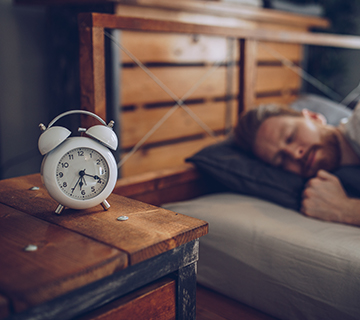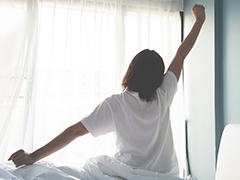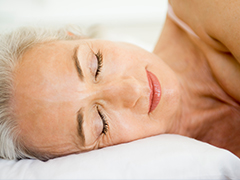Sleep Tips for Daylight Savings

With Daylight Savings, comes a mental or physical lag that can affect the way we go about our day. Even though we’re gaining an hour of sleep in the fall, our internal clocks still get knocked off-rhythm with the day-night cycle. So how can you speed up the adjustment process?
Be more light-conscious
Light controls our body’s natural sleep-inducing chemical, melatonin. Make sure you expose yourself to light as much as possible during the day and limit it at night. This will help keep your body on a tighter sleep schedule. Consider installing a night-light for late-night trips to the bathroom. Turning on a room light for even a short amount of time can disrupt your sleep cycle.
Manage your sleep hygiene
Yes, it’s a thing. Sleep hygiene refers to things you can do to create sleep-friendly environments, which help make it easier to fall asleep, stay asleep and sleep more soundly. Actions include limiting caffeine and alcohol intake, avoiding late-night exercise, going to bed and waking up at the same time every day, and wearing ear plugs or eye masks. You can also create a soothing nighttime ritual to help you fall asleep easier, like taking a bath.
Get your daily dose of vitamin D
It’s not as easy to get outside in the sun during the fall and winter months but getting vitamin D is crucial for your sleep cycle. Vitamin D helps produce serotonin, which plays a huge role in maintaining your sleep-wake cycle and your melatonin levels. A lack of vitamin D is actually one of the major causes of Seasonal Affective Disorder (SAD). Find a way to get outside during the day or try a vitamin D supplement.
Most people adjust to time changes naturally, so if none of these tips work for you, just wait a little while and your body should do the work for you.

